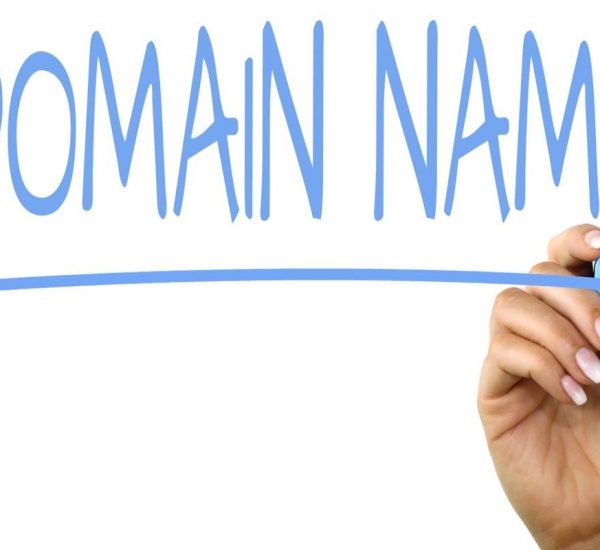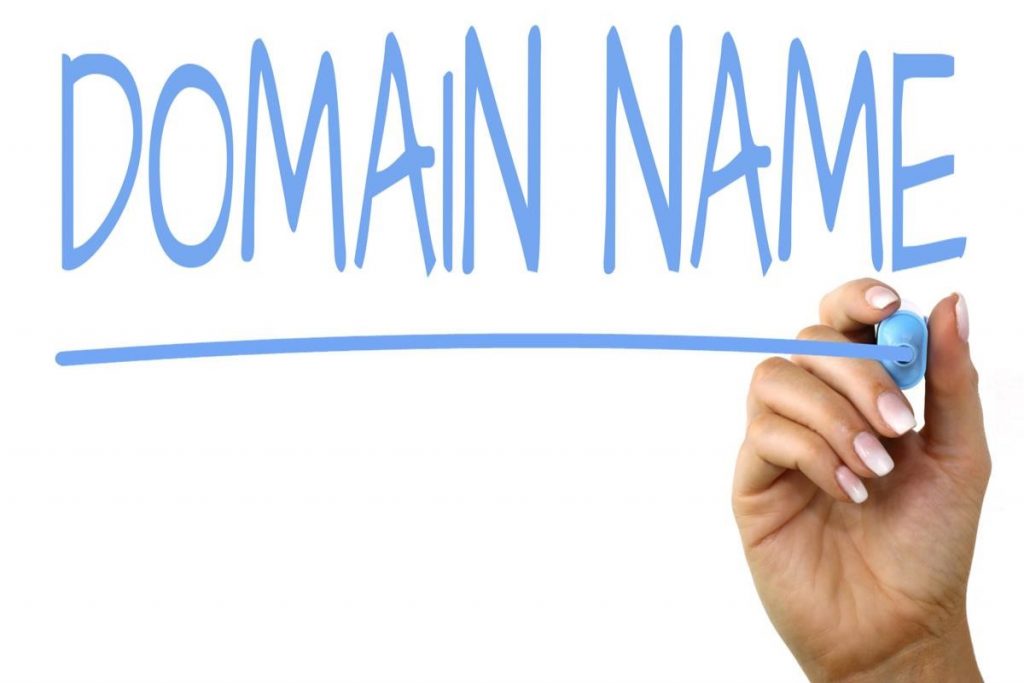
Five tips when choosing a domain name
The name of your domain, which is your website address, should say something about you or your company. There are so many options when choosing the name, so let’s take a look at how to choose one that people will identify with and know what it represents.
Make it memorable
You immediately know what to expect when you go to the YouTube and Amazon sites. These are simple website names – they are easy to spell and pronounce and also memorable. The domain name you choose must reflect your business or the service or products you offer, and it must be easy to remember. If your ideal name is not available, you can try a suffix such as .uk or .gb instead of.co.uk.
Make it simple
The name you choose should be simple rather than complex, so ensure it is easy to spell and easy to remember. Ideally, the name should not contain numbers or punctuation marks or be too lengthy.
Do your research
You can get inspiration by carrying out research, by looking in dictionaries or thesauruses, or by using online name generators. Once you decide on a name, you will need to check that nobody else has registered it by trying to register the name yourself. If the name is already taken, you could use a different suffix.
Image Credit
Pick a relevant suffix
The most common top-level domain (TLD) suffix is .com. This is often associated with US commercial websites, although it is used worldwide. UK domains include .co.uk, .uk and .gb. There are around 300 different suffixes that can be used, representing most countries in the world and including others that are not country-specific, such as .store. The suffix .io is also used by many companies worldwide – it represents British Indian Ocean Territory but is available to use by anyone.
There is a vast choice of suffixes; however, companies such as https://www.names.co.uk/domain-names that specialise in domain names make it easy to choose and check any website address and suffix.
Allow for website typing mistakes
Although most people know the website name they are looking for, they often get it slightly wrong. As an example, let’s say your site is www.buyumbrella.co.uk. In this case, it would be a good idea to also reserve the .com suffix and the sites with the spelling ‘umbrellas’, ‘umbrela’ and ‘umbrelas’ to allow for typing mistakes.

